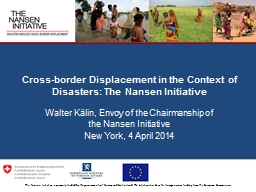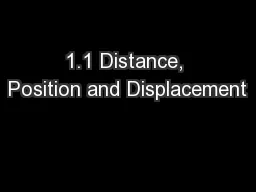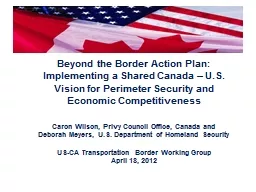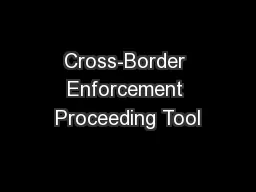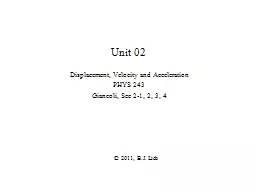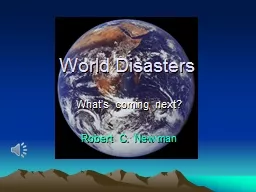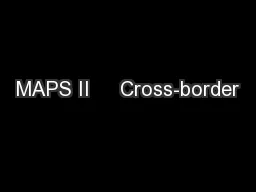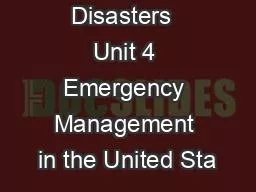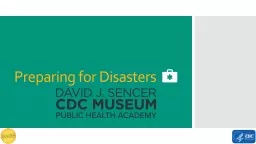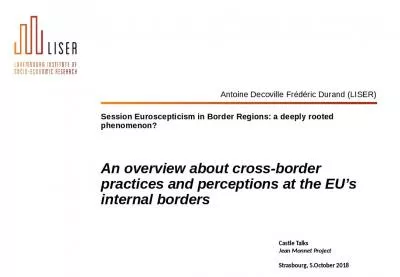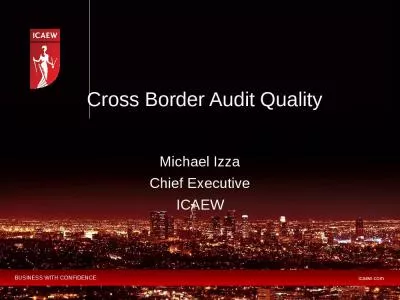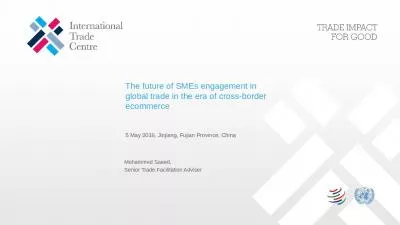PPT-Cross-border Displacement in the Context of Disasters: The Nansen Initiative
Author : brianna | Published Date : 2023-11-06
Walter Kälin Envoy of the Chairmanship of the Nansen Initiative New York 4 April 2014 The Nansen Initiative is primarily funded by the governments of Norway and
Presentation Embed Code
Download Presentation
Download Presentation The PPT/PDF document "Cross-border Displacement in the Context..." is the property of its rightful owner. Permission is granted to download and print the materials on this website for personal, non-commercial use only, and to display it on your personal computer provided you do not modify the materials and that you retain all copyright notices contained in the materials. By downloading content from our website, you accept the terms of this agreement.
Cross-border Displacement in the Context of Disasters: The Nansen Initiative: Transcript
Download Rules Of Document
"Cross-border Displacement in the Context of Disasters: The Nansen Initiative"The content belongs to its owner. You may download and print it for personal use, without modification, and keep all copyright notices. By downloading, you agree to these terms.
Related Documents

